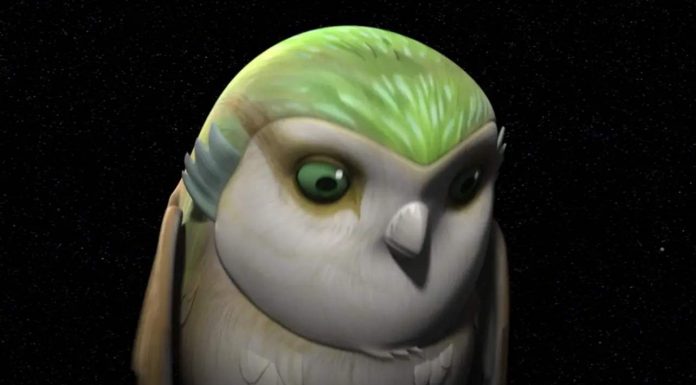Fans were given a cosmic extravaganza at the climactic end of “Star Wars: Ahsoka” Season 1, complete with lightsabers, lore, and the reunion of cherished characters. But in the middle of all the cosmic chaos, one mysterious figure stood out: the owl, who was later recognized as the Morai. So what is the Significance of the Owl that Ahsoka Saw in the finale? In the Star Wars story, the owl is very important, especially during Ahsoka Tano’s adventure.
Ahsoka Season 1 Finale: What is the Significance of the Owl?
In the Ahsoka Season 1 Finale, the owl—identified as the Morai—bears great significance as a symbol with cosmic and personal ramifications in the Star Wars world. Its appearance is not coincidental; rather, it is a spiritual compass and a bridge to the past and future of Ahsoka Tano. Its presence in the Ahsoka Season 1 Finale acts as a moral compass, a reminder of earlier sacrifices, and a ray of hope when faced with difficulties.
Ahsoka, Obi-Wan Kenobi, and Anakin Skywalker enter a dimension where the Force becomes the Father, Son, and Daughter in the Mortis arc. In a sacrifice, the Daughter gives Ahsoka her essence through a totem, an owl named Morai. This moment solidifies Ahsoka’s link to the Force and makes the Morai a protector and sacrificer.
Ahsoka played by Rosario Dawson, Sabine (Natasha Liu Bordizzo), and Ezra (Eman Esfandi) are at the center of the action in the decisive battle against Thrawn and his army. The fact that the Morai are present at this crucial juncture serves to further emphasize that Ahsoka is not alone in her quest. It reminds us of the teachings from Mortis, highlighting the significance of selfless deeds and the unity of the Force.
Because of its association with Ahsoka’s seal, the owl takes on additional personal meaning. It symbolizes the impact of the Force on Ahsoka’s life and is more than just a beast. A silent ally, the Morai provides comfort and direction as she works through the challenges of her new role in the cosmos.
The Morai have a larger part in Star Wars mythology than just Ahsoka’s tale. In “Star Wars: The Clone Wars” and “Star Wars Rebels,” its appearance at crucial junctures alludes to a more expansive cosmic scheme. Since the Force operates in mysterious ways, the Morai personifies this mystique by showing up when people need it and making a lasting impression on those they come into contact with.
The owl’s significance extends beyond its appearance. It symbolizes the ethereal force of fate that permeates the entire Star Wars universe. Ahsoka’s voyage is more than just a sequence of incidents; it’s a woven masterpiece with the Morai at its center, shaped by the Force’s unseen hand.
As Ahsoka and Sabine reassemble following the combat, the Morai serves as a visual cue for introspection. It serves as a reminder that despite the difficulties and costs involved, they are a part of a greater cosmic story. Ahsoka’s encounter with the Morai at the Purrgil cemetery turns into a silent moment of reflection and a link to the Force that exists outside of space and time.
It’s not simply the end of a season, but also the continuation of an enduring journey led by the invisible powers of the Star Wars galaxy, as Ahsoka looks upon the Morai in the season finale. With its quiet wisdom, the owl becomes a symbol of the characters’ lasting influence and the complex web of fate they must navigate.
To sum up, the owl’s significance in the Ahsoka Season 1 Finale transcends simple symbolism. It captures the spirit of the Star Wars series, a fusion of spirituality, mythology, and the age-old conflict between good and evil. Ahsoka’s voyage, entwined with the Morai, is proof of the Force’s eternal ability to mold destiny and the significant influence of altruistic decisions on the cosmic stage.
(Finale) Ahsoka Season 1 Episode 8 Recap: Explained! Post-Credits Scene







